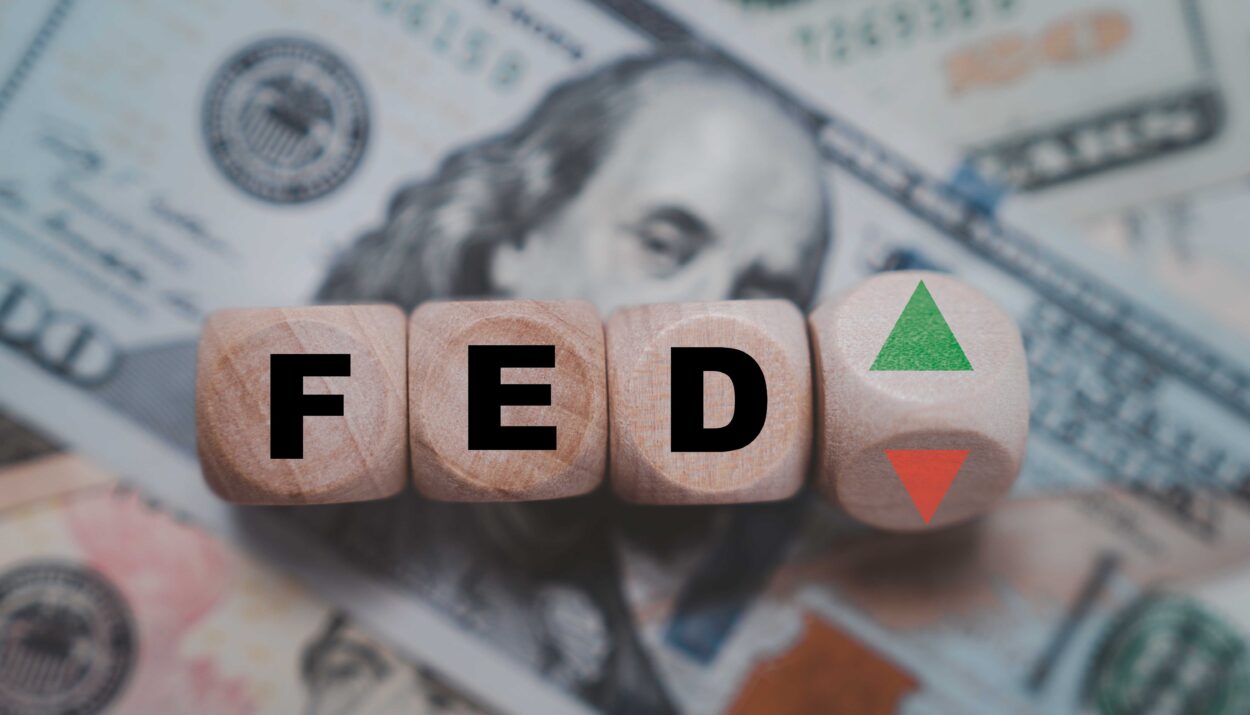The Federal Reserve has adjusted its benchmark rate by 25 basis points to 4.50%-4.75%, responding to shifting economic indicators and a recent presidential election.
Details of the Fed’s Decision:
- Rate Adjustment: The cut follows a significant half-percentage-point reduction in September, aiming to recalibrate policy amid a moderating inflation rate and a softening labour market.
- Unanimous Vote: This rate decision was unanimously agreed upon, signalling a cohesive approach from Fed officials.
Economic Context:
- GDP and Labor Market: Despite a slight dip in GDP growth to 2.8% in the third quarter, the U.S. economy remains robust. The labour market shows resilience, though a recent softening has been noted.
Political Implications:
- Impact of Trump’s Victory: Donald Trump’s election as president introduces potential shifts in economic policy that could affect inflation and regulatory frameworks.
- Fed’s Response: Chair Jerome Powell stressed the Fed’s independence, noting that immediate policy would not be swayed by election outcomes but acknowledging potential long-term influences.
Future Monetary Policy Outlook:
- Rate Path: Markets expect possibly another rate cut in December, followed by a pause in January. The Fed remains cautious, and further adjustments depend on economic data and policy changes under the new administration.
The Federal Reserve’s latest rate cut reflects a strategic effort to support sustained economic growth while managing inflation, amidst evolving economic conditions and significant political changes.










